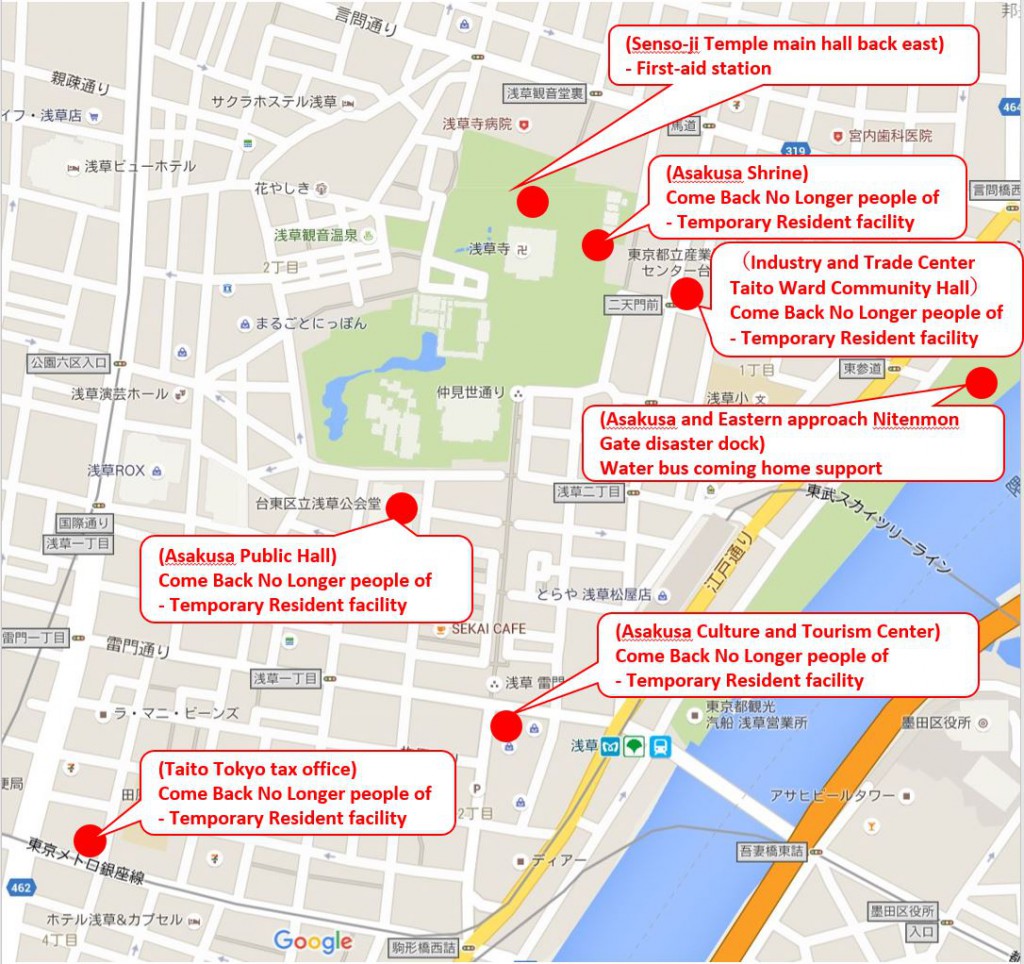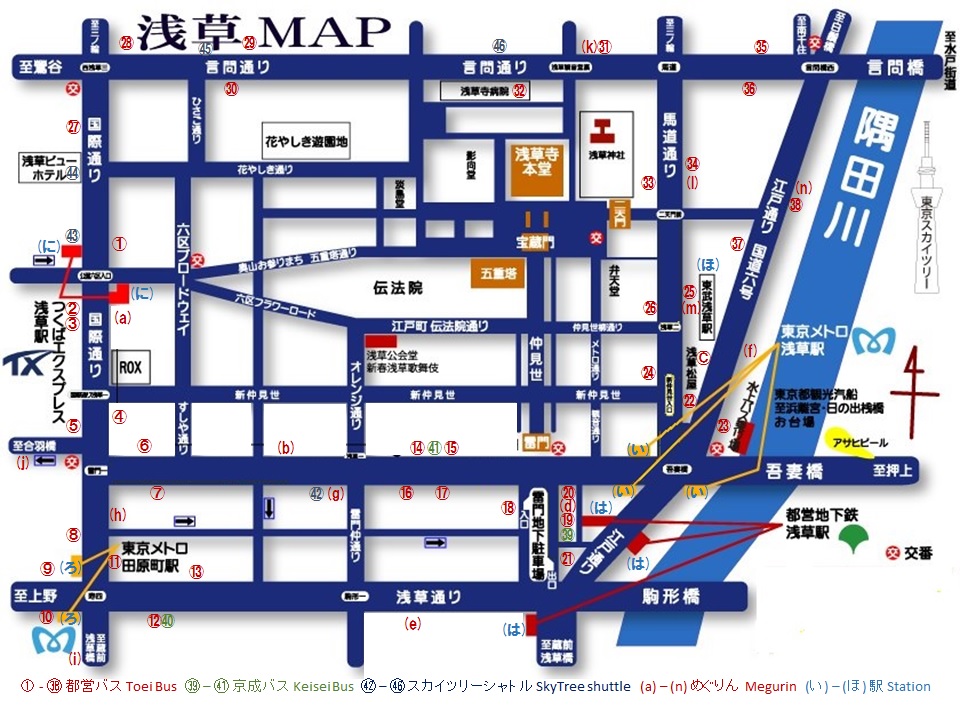White Heron Dance Performance Sunday, April 13, 2024 (11:30 a.m. – 2:40 p…
White Heron Dance Performance
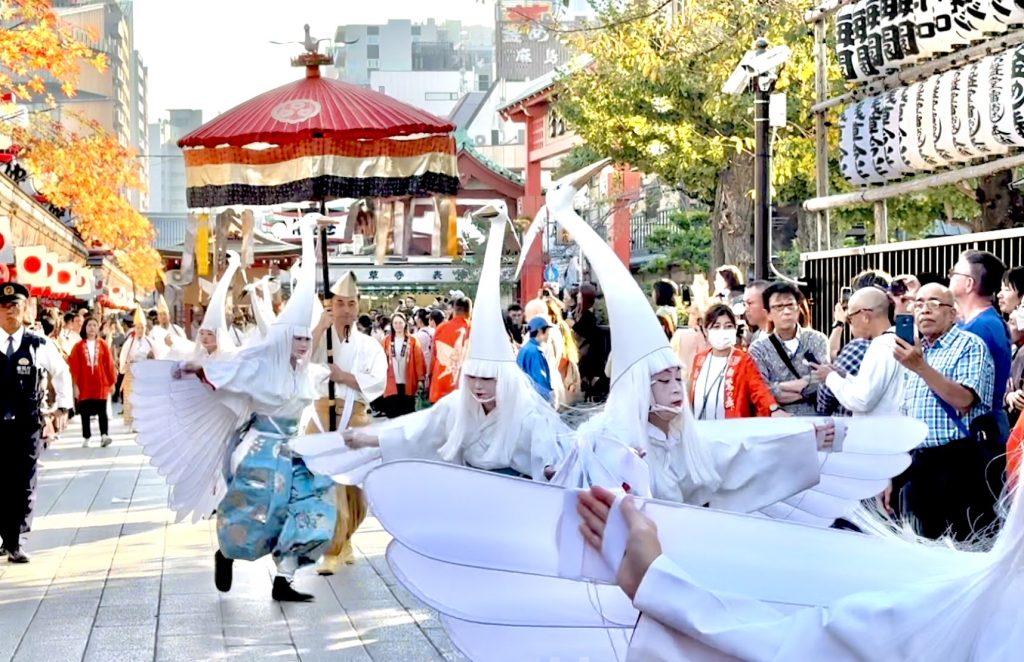
Sunday, April 13, 2024 (cancelled if rain occurs)
First time:
[Depart from Denpo-in Temple at 11:00 AM → Nakamise → Sensoji Temple Main Hall] Performance will be held at the west square in front of the main hall from 11:30 AM
Second time:
[Departing from Denpo-in Temple at 2:00 PM → Orange Street → Kaminarimon Street → Kaminarimon → Nakamise → Sensoji Temple Main Hall] Performance will be held at the west side square in front of the main hall from 2:40 PM
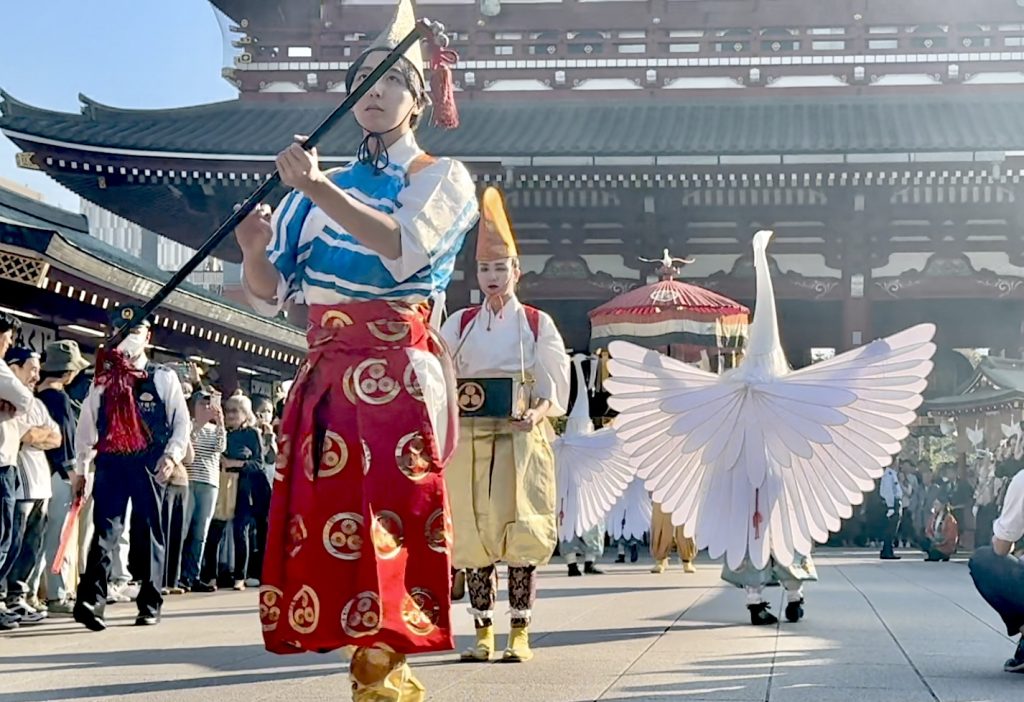
The White Heron Dance is a revival of the "Heron Dance" that appears in the festival procession in the "Sensoji Keian Engi Emaki" (Sensoji Temple Keian Engi Emaki) from 1652 (5th year of Keian) by the Asakusa Tourism Federation as a commemorative event for Tokyo's 100th anniversary in 1968.
The Sagimai ritual originated from the Gion Festival of Yasaka Shrine in Kyoto, and is said to have been very popular for over 1,100 years, when it was passed down as a dedication to ward off evil epidemics. However, it was discontinued at some point, and then in 1369, when Ouchi Inyo moved Yasaka Shrine from Kyoto to Yamaguchi and established it, it was incorporated into the rituals of Yamaguchi's Gion Festival. In 1542, Yoshimi Masayori, the lord of Tsuwano Castle in Shimane Prefecture, moved it from Yamaguchi, and today it is famous throughout the country.
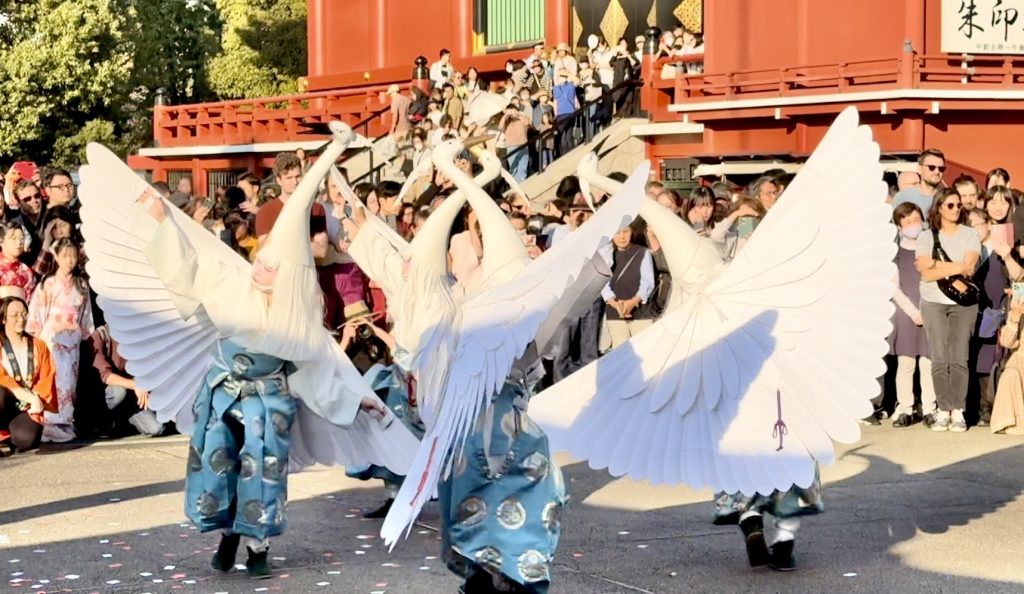
Sensoji Temple's "White Heron Dance" is a restoration of the Keian Engi enshrinement ceremony procession based on the orthodox Kyoto tradition, and includes three warriors, one pole-shaking dancer, one bait-thrower, one umbrella-bearer, one white heron, 19 musicians, guardian children, and others who dance and parade while playing the "White Heron Song."
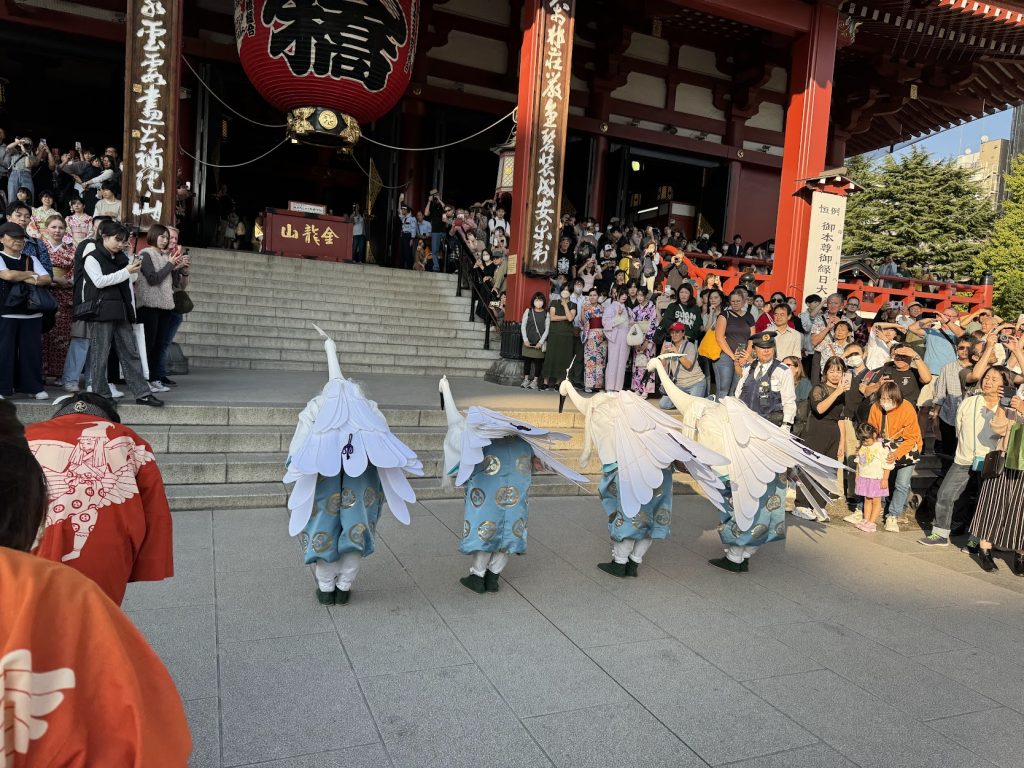
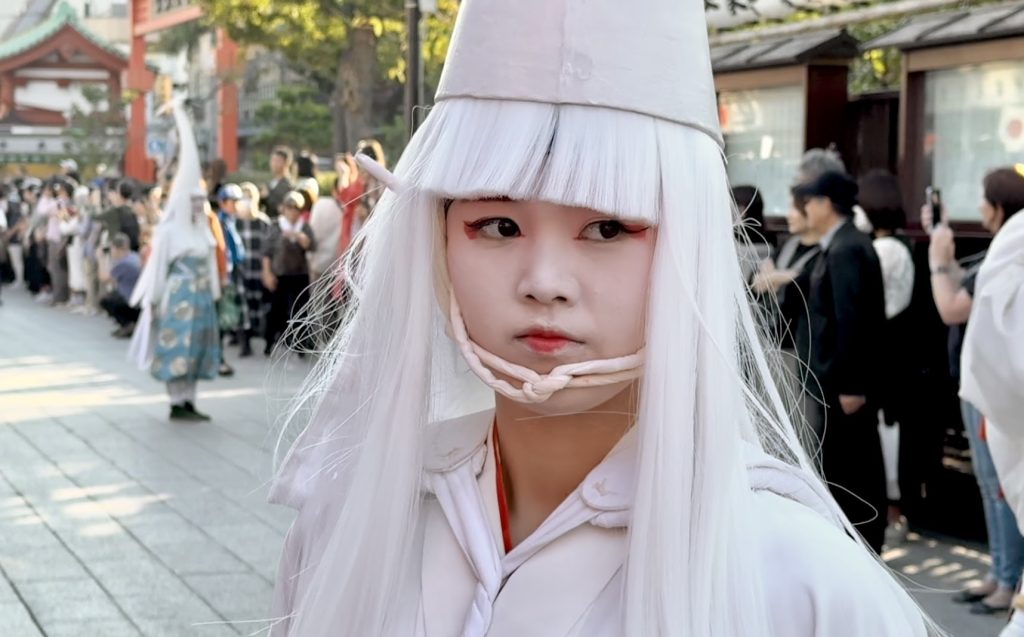
The postWhite Heron Dance Performance Sunday, April 13, 2024 (11:30 a.m. - 2:40 p.m.)first appeared onAsakusa Tourism Federation.
*This post automatically translated by google translator*




